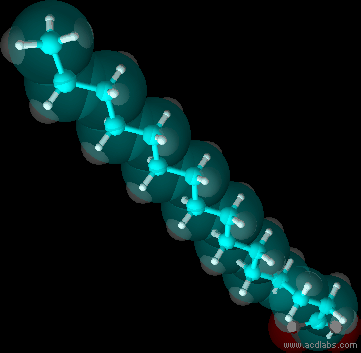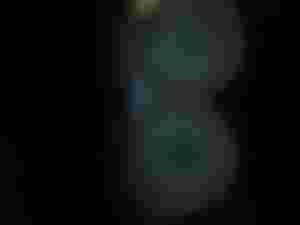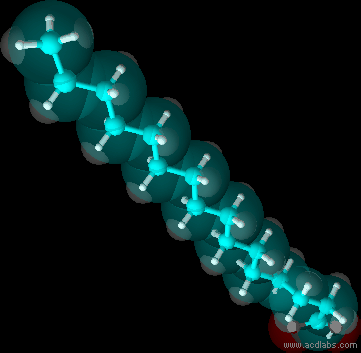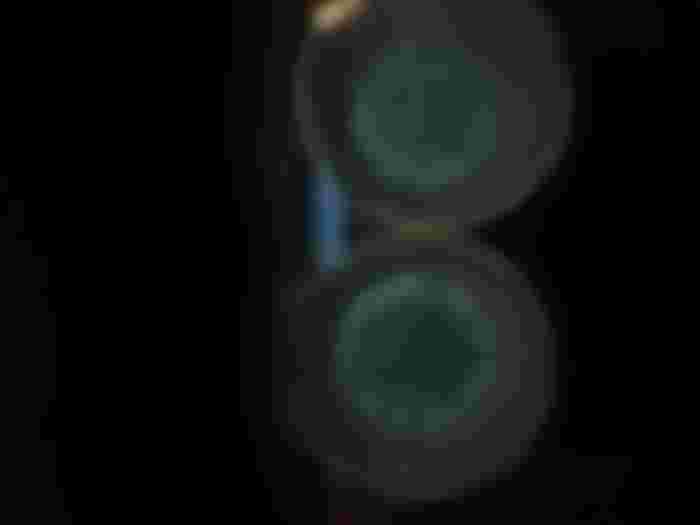In light of today's successful event, I thought of sharing my research here and hope that it would interest you as it interested me to pursue it
So I know all of us consume fast foods, either as daily meals or as celebratory ones. And I know that oil is a common household item too. Cooking oil is useful, yeah but then did you ever wondered what happened after it's used? when it's all black and burnt? well usually it will be thrown to waste. That's the common household practice but did you ever think of where it goes?

well it comes out as grease, it clogs pipes, adds to the cause of floods and even renders some soils such as that plot of land useless. It's good if it gets recycled properly, it gets turned into biodiesel or as soaps but then there could be more use to it. What if it could be turned to cheap antimicrobial medicines? cheaper than that in the market? then would't that move people to dispose of their waste oils properly?
But what medicine? How can burnt, dirty cooking oil turn into antimicrobials?

Well you break it down. Oils are still made of carbon, a very interesting element. but carbon isn't what we're after. What we're after is Carbon quantum dots. It's the nano (really small) version of carbon that exhibits much more unique properties than bulk carbon. What makes them different is they fluoresce (which makes them great for sensors and for bioimaging and cancer cell detection), they absorb energy much better (which is why they are gaining interest in the field of solar panels), they make great antimicrobial agent too at lower the risk (because they can degrade with body heat, thus lower chance of accumulated toxicity). Plus the fact that it's carbon (the main element that constitutes a human, it makes for great biocompatibility to us, even with animals. It won't cause us harm and it can be modified to fit our needs. Fascinating, right?
Why would we even need this though?
well, if you're aware of the current standing of antibiotics in the medical field, you would know that almost all strains of microbes have already developed a resistance to all those antibiotics (1) because they already exist in nature in trace amounts, (2) because we abuse these drugs, we keep taking it when we don't even need to. We even take it without prescription and without knowing if it will really work or not. Then when we do get a prescription (3) we don't follow through with the prescription because we either feel better or because the meds are expensive. Believe me, they are but it will do you more harm than you think. It could lead to the meds not working anymore. So in light of that, This is where carbon dots come into play because microbes don't know this yet. plus developing resistance to this antimicrobial is unlikely because of how easy it is to modify it.

These were the last trials I managed to synthesize in the laboratory before the lockdown. It makes me happy with how brightly they fluoresce.

Then here's my animal trial ;-; I hated because I had to hurt the mice but I still treated the wound. But you can see that after 2 weeks of treatment, the mouse didn't die plus it gave the same effect as the over the counter drug, vancomycin. I don't think mechanisms should be explained here though
I also cried because I had to kill the micee while extracting blood just to finish my toxicity test with the mouse blood ;-; Luckily the mice didn't die in vain because I didn't observe any apoptosis (cell death) until about... 200ppm of concentrated solution (so this means even just a little bit of this can be used to treat a wound and/or infections, no need to buy a lot thus it also limits cost). Plus what's good is that my model bacteria and fungi here died at such low concentrations so it makes me proud because it's really effective
So this is basically what keeps me busy! Thank you for reading about my weirdness up until here ;;u;;




Wow. That is great work and finding. You spend you time quite productively. Keep it up and good luck